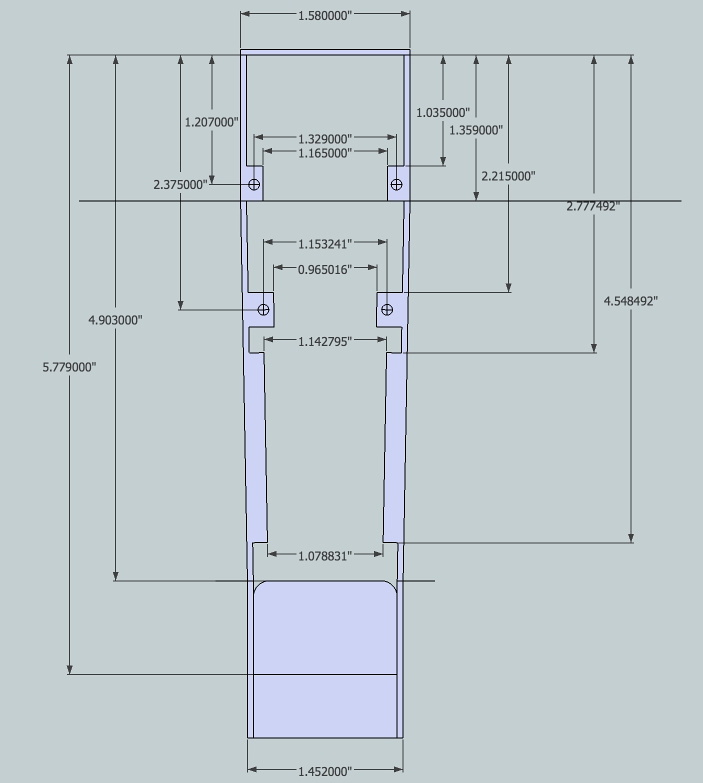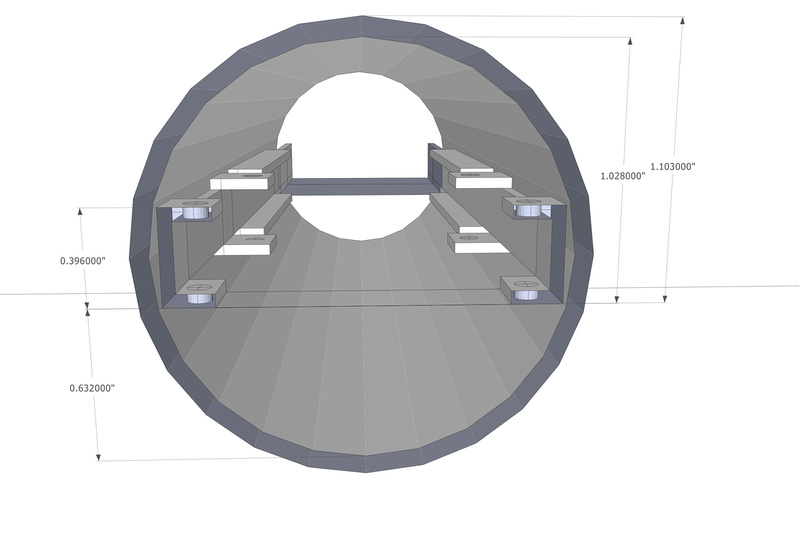I was wondering about using the terminal blocks, vs soldering the wires in the PSU directly to the board (pita!). So I googled what people thought of using terminal blocks, and found out something unrelated that really surprised me.
If using a terminal block, seems it is NOT OK to tin the wires first! Apparently over time, the solder does what they call a "cold flow" and can lead to the terminal block screw loosening and all kinds of badness. In fact, apparently this is even an electrical regulation of some kind, although I haven't googled enough to post it.
So, just an FYI for builders, and to Matador and Chunger, you might want to look into this, and if what I'm saying has merit, update the build instructions which do instruct to tin the wires first prior to inserting into the terminal blocks.
What apparently is ok, is to tin the very ends of the wires just to keep them from fraying, but that's as far as it goes.
From the last link:
"While wires may be crimped, they must never be tinned with solder prior to installation in a screw terminal, since the soft metal will cold flow, resulting in a loose connection and possible fire hazard."
Check me on this, I'm not trolling the thread! I've got your amazing kit coming (hopefully) soon in the mail, paid for, and was just browsing the build doc when I ran into this. If I'm wrong, cool beans. I just never wouldda guessed this would be an issue, and probably would have tinned the ends of the wires prior to insertion to the terminal blocks myself.
Best,
Mike
EDIT: Added links & Quote.







